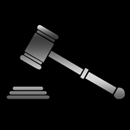
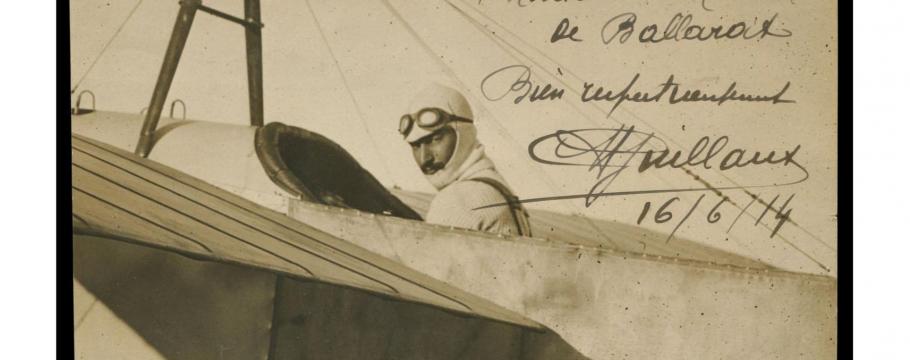
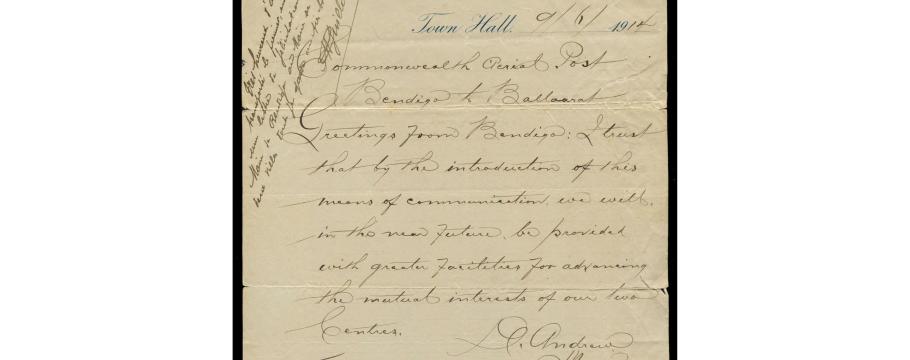
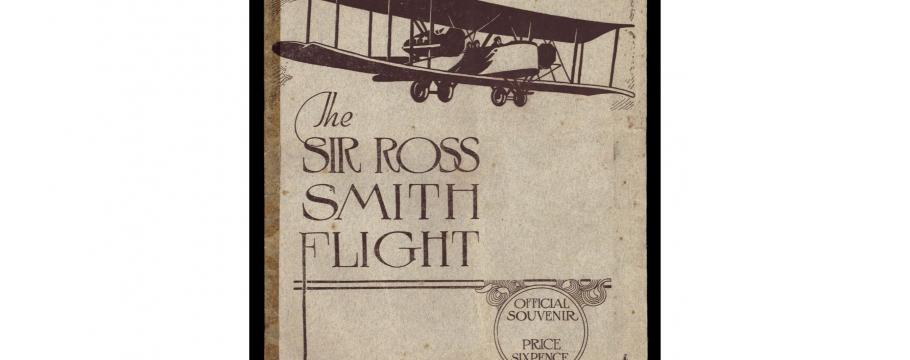



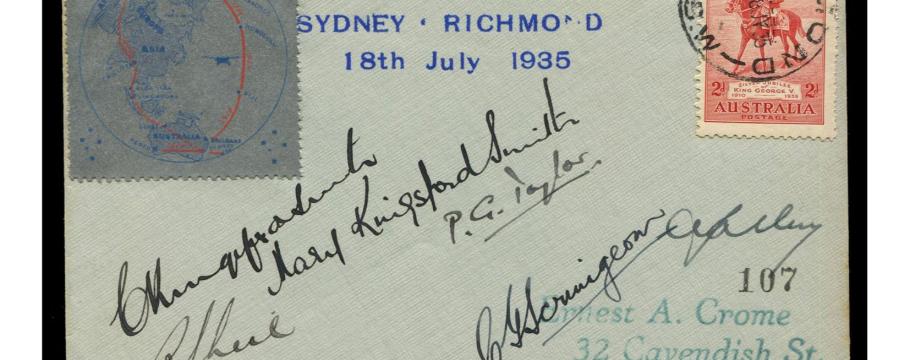


First robotic lunar soil sample hits Melbourne auction market
Author: Richard Brewster | Posted: 6th December, 2019
The United States might have been the first country to land a man on the Moon (Apollo 11 July 1969) but the Russians can lay claim to being the first to land an unmanned robotic probe on the surface and return a lunar soil sample to Earth (September 24, 1970).
From Mare Fecunditatis (Sea of Fertility), it was the third sample overall to come back following the efforts of NASA’s Apollo 11 and then Apollo 12 space flights in November 1969.
Now Melbourne auction goers will have the rare opportunity to bid for the remainder (approximately 0.4 grams protected in a sealed quartz vial) of a 1.0-gram sample given to the vendor – one of the lucky scientists granted access to the tiny quantity of soil brought back by the mission Luna 16, also known as Lunnik 16.
The remainder has been used over the years in analysis, testing and retesting as technology improved over time.
The scientist, who wishes to remain anonymous, has lived in Australia for many years where he accepted offers of research and teaching positions at two universities.
Several of his papers have been published in his own name, the latest in July this year. Others, written in conjunction with other scientists with whom he collaborated, accompany the sample.
The lunar sample is lot 261 at the end of Leski Auctions Aviation sale, which begins at 6.30pm Wednesday December 11 at 727-729 High Street, Armadale – and is scheduled to be auctioned at 8.30pm. With a catalogue estimate of $500,000-$700,000, its starting price will be $400,000.
This is quite an unremarkable estimate given that three tiny samples (0.2 grams) of Luna 16 soil sold in 1993 at a Sotheby’s auction for US$442,500 and again in November last year for US$855,000.
The Luna 16 soil expedition was quite a feat. Carried out at a fraction of the cost of the NASA landings and without risking human lives, it followed five previously unsuccessful attempts and was launched towards the Moon from a preliminary Earth orbit.
An automatic drill obtained the sample only an hour after the spacecraft touched down on the Moon’s surface. Twenty-six hours and 25 minutes later (September 21), the spacecraft’s upper stage lifted off from the moon, re-entered the Earth’s atmosphere and parachuted down 80 kilometres southeast of Jezkazgan in Kazakhstan.
The Aviation auction also marks the centenary of brothers Ross and Keith Smith’s flight from London to Australia in 1919.
It contains more than 250 lots of pioneer aviation memorabilia – from the earliest correspondence carried by air in Australia in 1914 (lots 45 and 46) to the offerings of Ross and Keith Smith flight covers, documents and ephemera (lots 14-20 and 62-75).
The sale also includes the world’s first trans-Pacific flight by Sir Charles Kingsford Smith (lots 127-129) in 1928 and the nostalgic last flight of the “Southern Cross” (lot 173) seven years later.
The Aviation auction is preceded by a Stamps, Coins & Postal History sale from 12pm on the same day.
